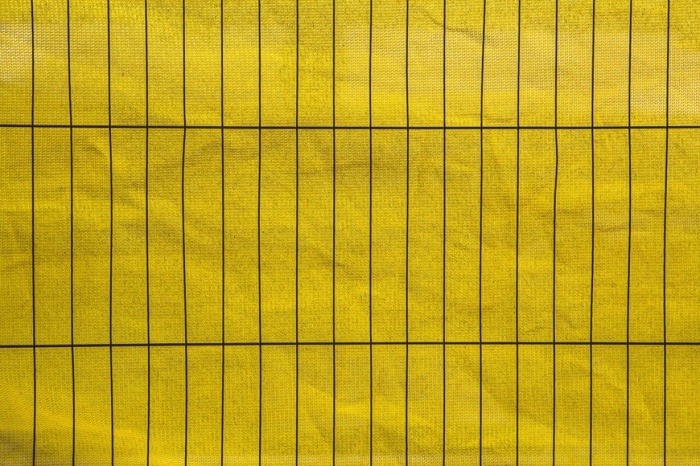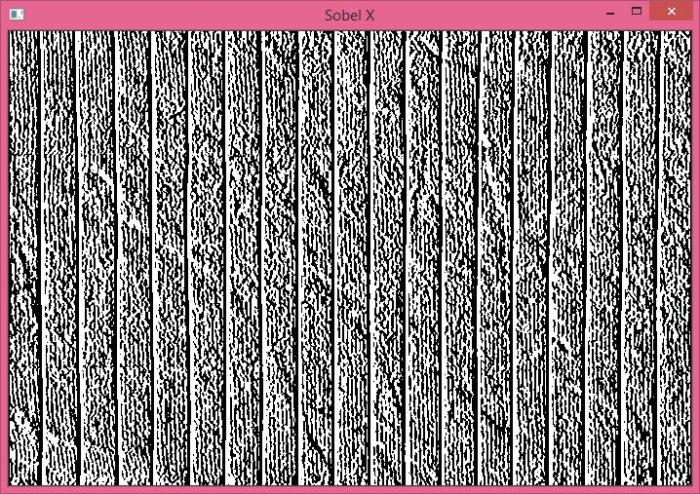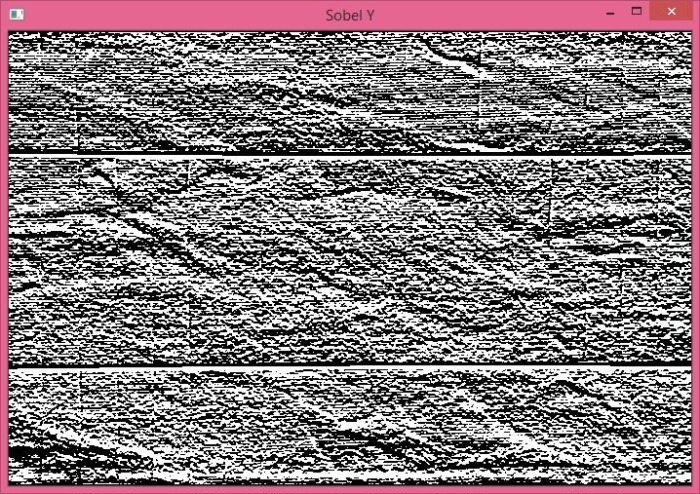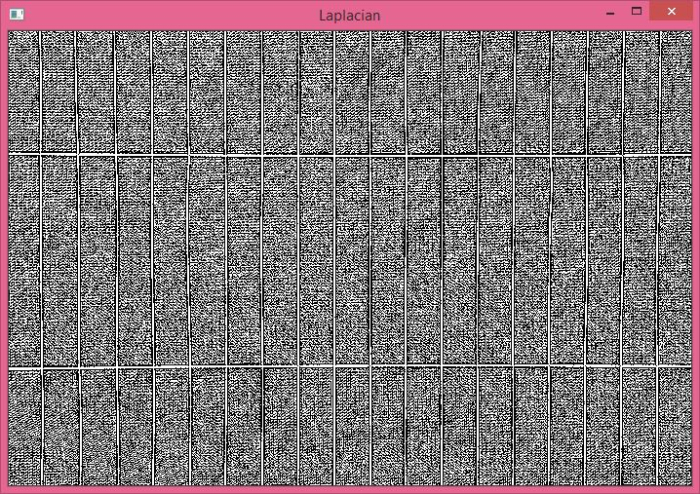
 Data Structure
Data Structure Networking
Networking RDBMS
RDBMS Operating System
Operating System Java
Java MS Excel
MS Excel iOS
iOS HTML
HTML CSS
CSS Android
Android Python
Python C Programming
C Programming C++
C++ C#
C# MongoDB
MongoDB MySQL
MySQL Javascript
Javascript PHP
PHP
- Selected Reading
- UPSC IAS Exams Notes
- Developer's Best Practices
- Questions and Answers
- Effective Resume Writing
- HR Interview Questions
- Computer Glossary
- Who is Who
How to find the image gradients using Sobel and Laplacian derivatives in OpenCV Python?
Using the Sobel operator, we can compute image gradients in horizontal as well as vertical direction. The gradients are computed for a grayscale image. The Laplacian operator computes the gradients using the second-order derivatives.
Syntax
The following syntaxes are used to compute the image gradients using Sobel and Laplacian derivatives ?
cv2.Sobel(img, ddepth, xorder, yorder, ksize) cv2.Laplacian(img, ddepth)
Parameters
img ? The original input image.
ddepth ? Desired depth of the output image. It has information about what kind of data is stored in the output image. We use cv2.CV_64F to as ddepth. It is a 64bit floating-point opencv.
xorder ? The order of derivatives in horizontal direction (X-direction). Set xorder=1, yorder=0 for the 1st order derivative in X-direction.
yorder ? The order of derivatives in vertical direction (Y-direction). Set xorder=0, yorder=1 for the 1st order derivative in y-direction.
ksize ? The kernel size. Set ksize=5 for a 5Ã5 kernel size.
Steps
You can use the following steps to find image gradients using Sobel and Laplacian derivatives ?
Import the required library. In all the following Python examples, the required Python library is OpenCV. Make sure you have already installed it.
import cv2
Read the input image using cv2.imread() as a grayscale image.
img = cv2.imread('lines.jpg',0)
Compute the Sobel or Laplacian derivative using cv2.Sobel() or cv2.Laplacian(). This derivative refers to the image gradient.
sobelx = cv2.Sobel(img,cv2.CV_64F,1,0,ksize=5)
Display the image gradient using cv2.imshow() method.
cv2.imshow("Sobel X", sobelx)
cv2.waitKey(0)
cv2.destroyAllWindows()
We will use this image as the input file in the following examples.

Example 1
In the Python program below, we compute the image gradient using 1st order Sobel derivatives in X and Y directions, i.e., horizontally and vertically, respectively. We use a kernel size of 5Ã5.
# import required libraries import cv2 import numpy as np from matplotlib import pyplot as plt # read the input image as a grayscale image img = cv2.imread('lines.jpg',0) # compute the 1st order Sobel derivative in X-direction sobelx = cv2.Sobel(img,cv2.CV_64F,1,0,ksize=5) # compute the 1st order Sobel derivative in Y-direction sobely = cv2.Sobel(img,cv2.CV_64F,0,1,ksize=5) # display sobelx and sobely cv2.imshow("Sobel X", sobelx) cv2.waitKey(0) cv2.imshow("Sobel Y", sobely) cv2.waitKey(0) cv2.destroyAllWindows()
Output
When you run the above program, it will produce the following two output windows. Sobel X window shows the derivatives in X-direction (horizontal) and Sobel Y window shows the derivatives in Y-direction (vertical).


Example 2
In the Python program below, we compute image gradients using Laplacian derivatives.
# import required libraries import cv2 import numpy as np from matplotlib import pyplot as plt # read the input image as a grayscale image img = cv2.imread('lines.jpg',0) # compute Laplacian derivative of the input image laplacian = cv2.Laplacian(img,cv2.CV_64F) # display the laplacian cv2.imshow("Laplacian", laplacian) cv2.waitKey(0) cv2.destroyAllWindows()
Output
When you run the above program, it will produce the following output window.


